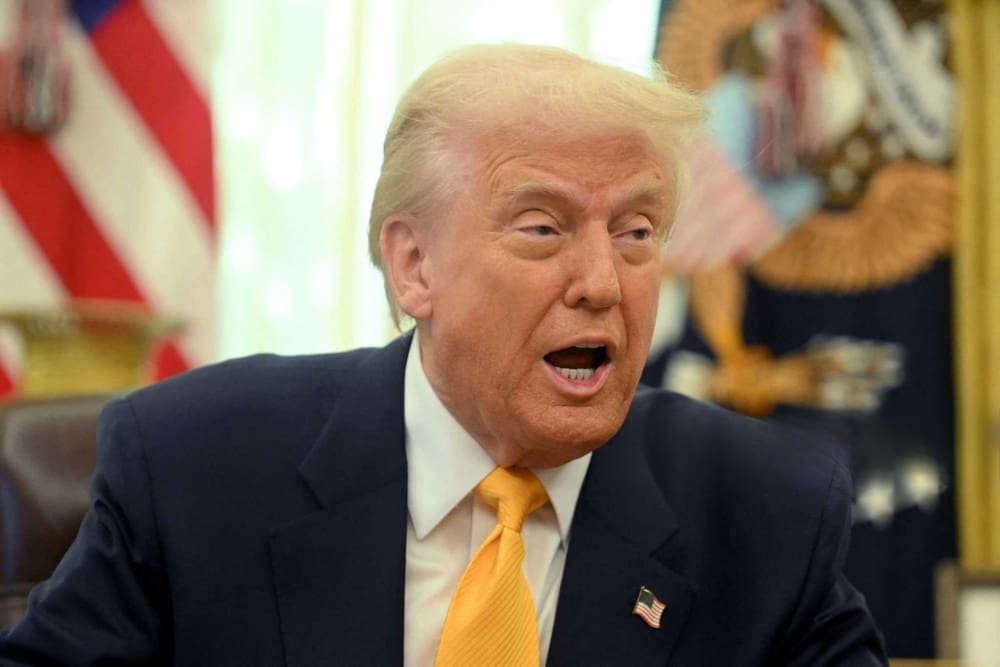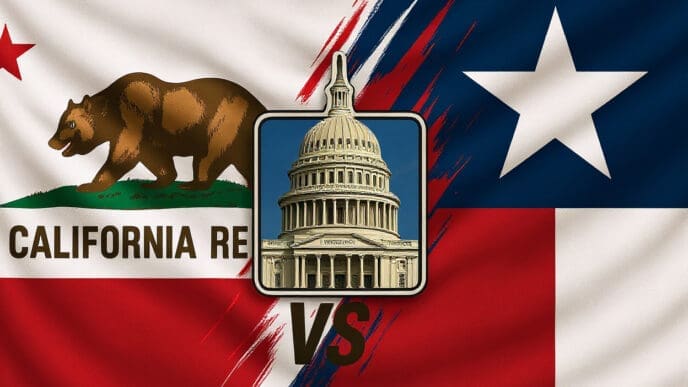The Environmental Protection Agency (EPA) under President Donald Trump initiated a major effort to dismantle the United States’ primary legal framework for combating climate change by proposing a repeal of the 2009 “endangerment finding.” This pivotal finding declared that carbon dioxide and other greenhouse gases threaten public health and welfare, serving as the legal cornerstone for all federal regulations on emissions from vehicles, power plants, and other industrial sources. The proposed repeal aimed to erase this foundation, effectively challenging the EPA’s authority to regulate these pollutants under the Clean Air Act.
What is the Endangerment Finding?
The endangerment finding is not a regulation itself, but rather a formal scientific and legal determination that serves as a prerequisite for creating such regulations. It was established in December 2009 by the Obama administration’s EPA following a landmark Supreme Court decision.
This action was a direct result of the 2007 Supreme Court case Massachusetts v. EPA. In that ruling, the court determined that greenhouse gases fit the definition of “air pollutants” under the Clean Air Act. The court then ordered the EPA to fulfill its statutory duty to determine whether these pollutants endanger public health and welfare.
After a thorough review of climate science, the EPA concluded that a cocktail of six key greenhouse gases—including carbon dioxide, methane, and nitrous oxide—did indeed pose a significant threat. The finding specifically cited dangers such as increased heat waves, more extreme weather events, and rising sea levels, which in turn affect public health through respiratory problems, disease transmission, and threats to food and water supplies.
The Legal Trigger for Regulation
Once the endangerment finding was finalized, it legally compelled the EPA to act. Under the Clean Air Act, if the agency determines a pollutant is a danger, it must then take steps to regulate its emission. This requirement led directly to the creation of major climate policies, including vehicle emission standards and the Clean Power Plan for power plants.
The Push for Repeal: Rationale and Impact
The Trump administration and its allies argued that the 2009 finding was based on what they considered uncertain climate science and represented a significant overreach of federal authority. They contended that the resulting regulations placed an undue burden on the American economy, stifled the fossil fuel industry, and led to higher energy costs for consumers and businesses.
The proposed rule to rescind the finding was a far more radical step than simply rewriting or repealing individual regulations. By targeting the underlying legal justification, the administration sought to eliminate the EPA’s authority to regulate greenhouse gases for the foreseeable future, making it significantly harder for any subsequent administration to re-establish climate rules.
A Fundamental Challenge to the EPA’s Mandate
This move was central to President Trump’s broader agenda of aggressive deregulation. If successful, repealing the finding would have effectively nullified the Supreme Court’s directive in Massachusetts v. EPA by asserting that the scientific evidence did not support a finding of endangerment. This would have created a profound legal and scientific conflict.
The effort was met with immediate and fierce opposition. Environmental organizations, public health advocates, and a coalition of states prepared for extensive legal battles, arguing that the EPA cannot arbitrarily ignore overwhelming scientific consensus. They maintained that a decision to reverse the finding would have to be based on new, compelling scientific evidence to the contrary, which they argued did not exist.
The Broader Scientific and Political Fallout
The attempt to repeal the finding highlighted the deep and often partisan chasm between the political discourse on climate change and the consensus within the global scientific community. The administration’s position stood in stark contrast to reports from its own government agencies, like NASA and NOAA, as well as international bodies like the Intergovernmental Panel on Climate Change (IPCC).
This policy battle was ultimately a proxy war over the role of science in public policy. It questioned whether established scientific conclusions should form the basis of governmental action, particularly when those actions have significant economic consequences for powerful industries. The move was widely seen by critics as an attempt to prioritize short-term economic interests over long-term environmental and public health protection.
Ultimately, the attempt to repeal the endangerment finding was a defining moment in American environmental policy. It represented not just a disagreement over a specific rule, but a fundamental challenge to the legal and scientific foundation of federal climate action. While the finding remains in place, the effort to dismantle it underscores the ongoing political volatility surrounding the nation’s approach to addressing climate change.














